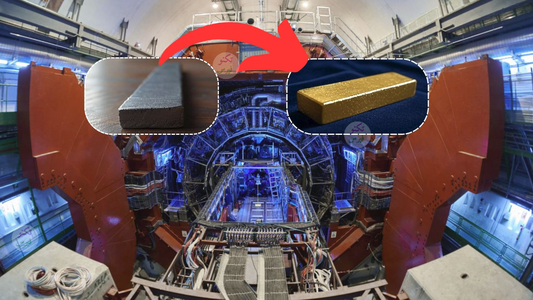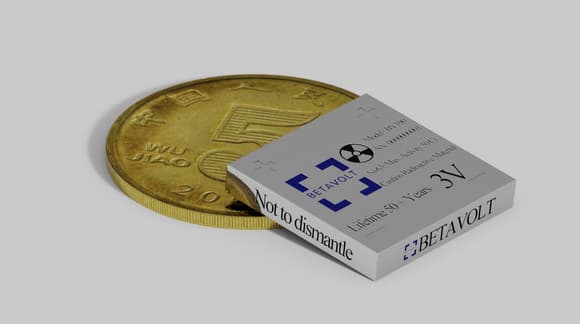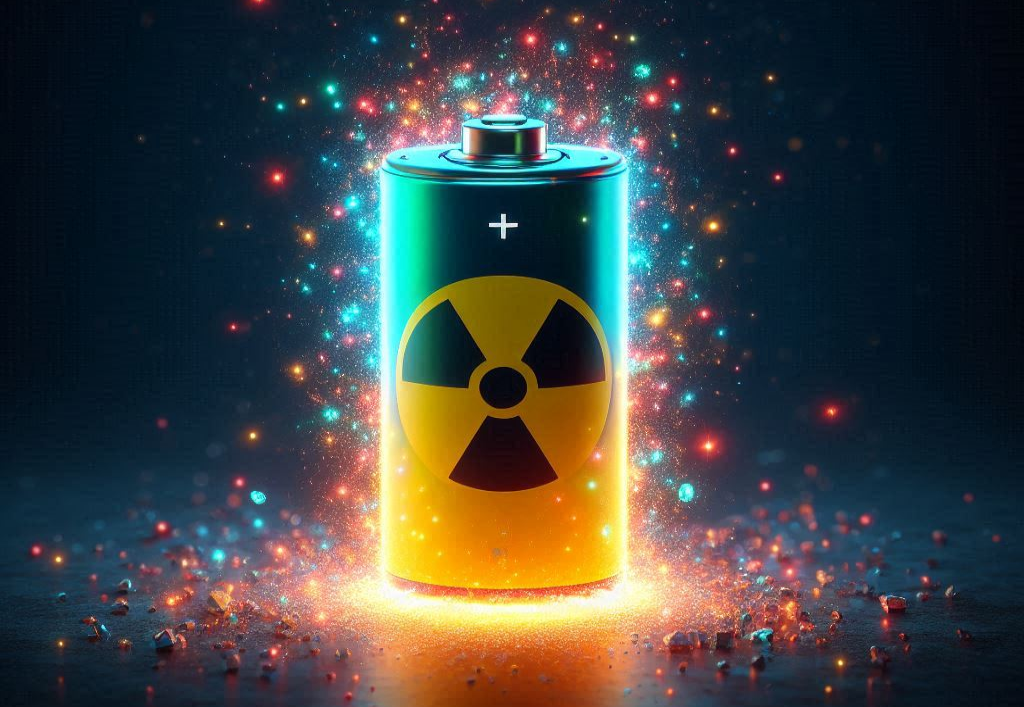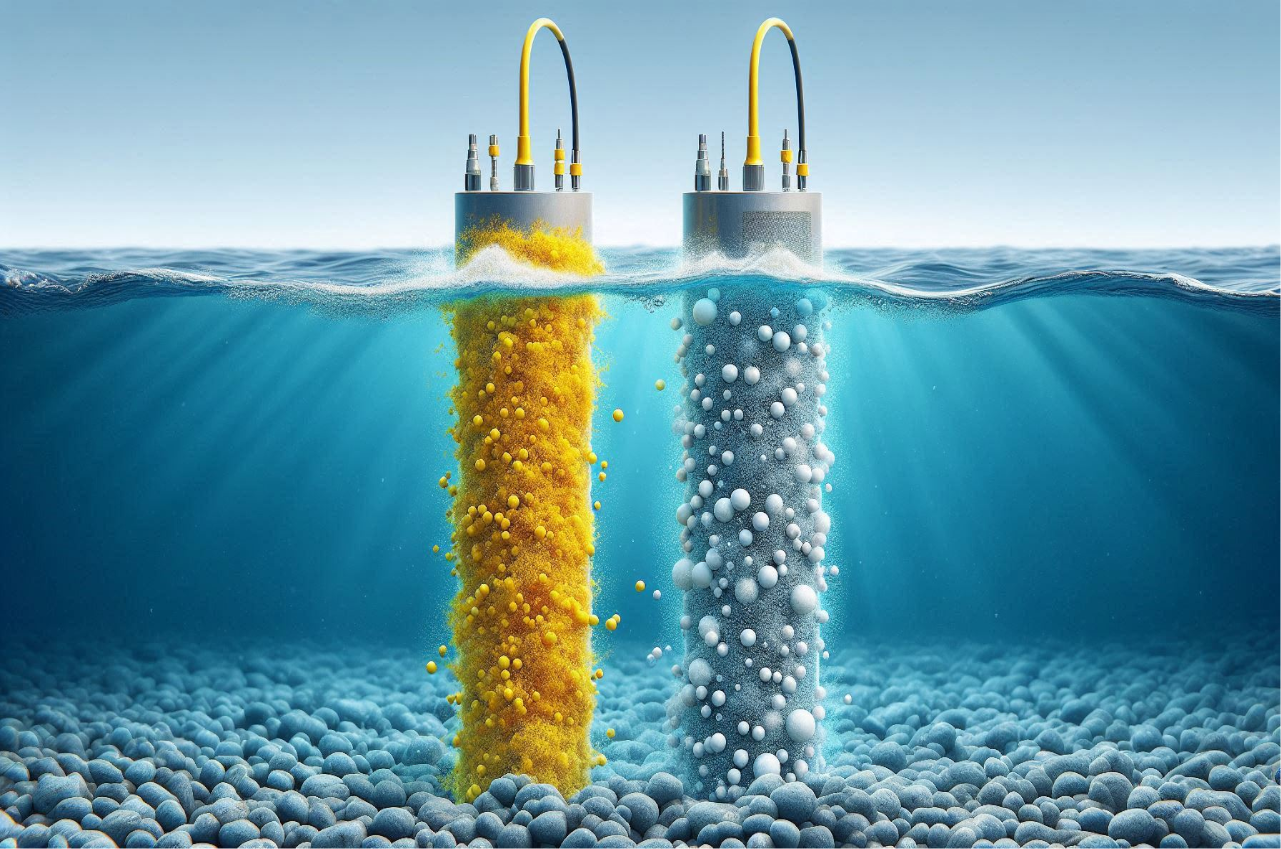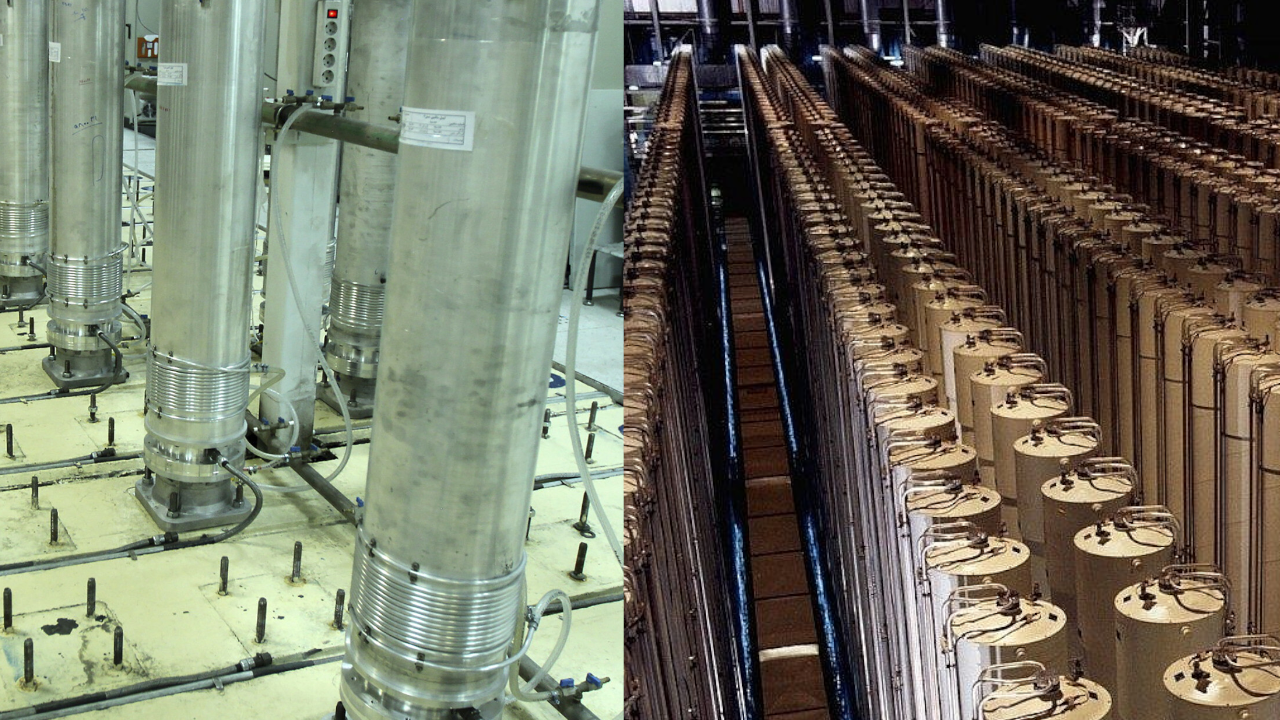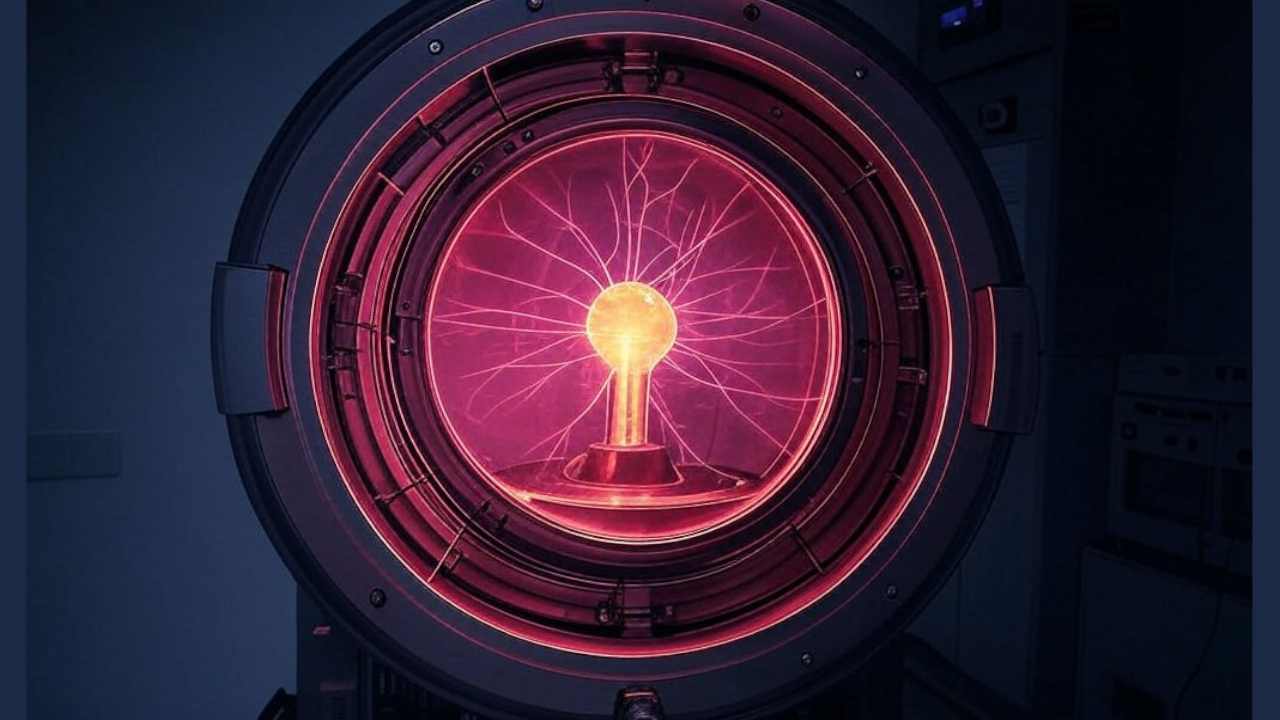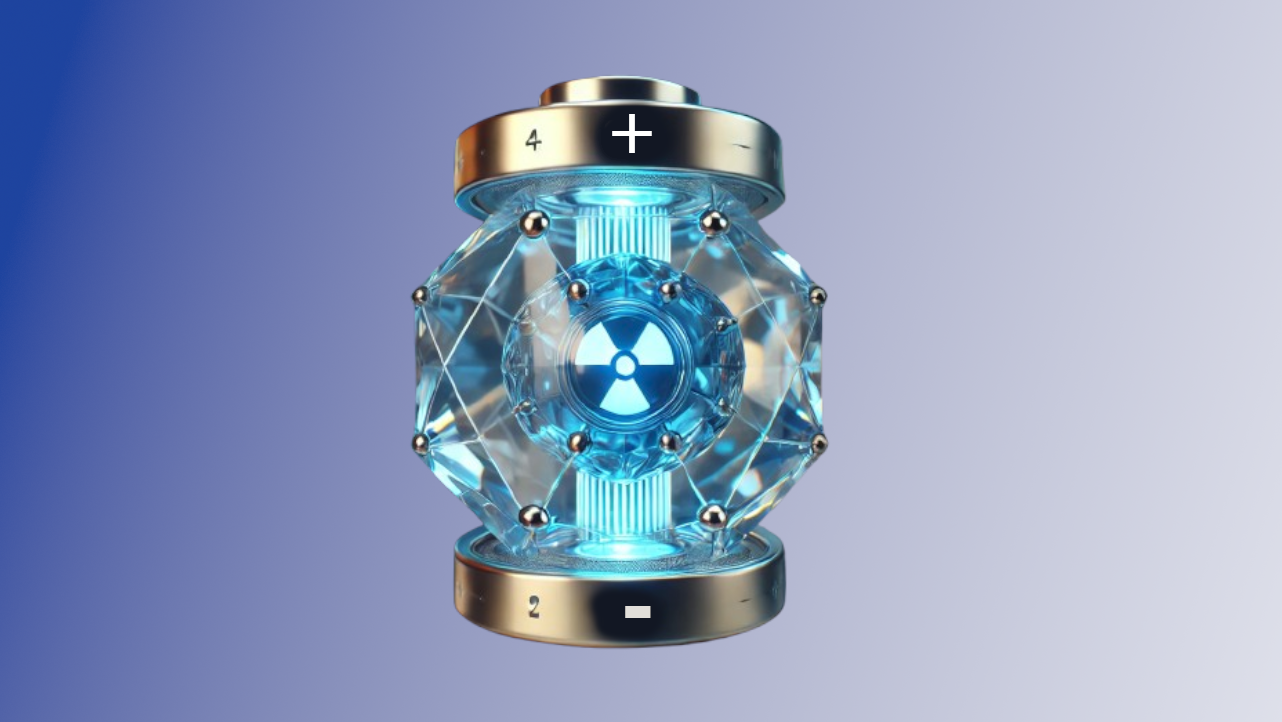In the Middle Ages, the greatest dream of alchemists was to transform base metals like lead into gold, as they sought to discover the “Philosopher’s Stone,” that mythical substance capable of achieving this transformation. Today, it seems that CERN (the European Organization for Nuclear Research) has achieved this dream in a way, using the latest particle physics technologies!
The type of any chemical element is determined by the number of protons in its nucleus. For example, lead contains 82 protons, while gold contains only 79 protons. Therefore, theoretically, lead can be transformed into gold by removing 3 protons from its nucleus. This is precisely what has been achieved using CERN’s Large Hadron Collider (LHC).
How Does This Transformation Occur?
This transformation occurs without direct contact between the atomic nuclei! When the nuclei of lead atoms move at speeds approaching the speed of light inside the collider, they generate immensely powerful magnetic fields. These fields stimulate rare interactions between photons and the nucleus, known as photon-photon and photon-nucleus interactions.
As a result of these interactions, the lead nucleus may undergo a phenomenon called “electromagnetic dissociation,” where some protons and neutrons are ejected from it. If the nucleus loses 3 protons, it transforms into gold! However, the problem is that this process is entirely random; the nucleus may lose zero, one, two, or three protons, which can result in other elements such as thallium or mercury, not always gold.
Furthermore, the amount of gold produced is very small (about 89,000 gold nuclei per second), and these nuclei only exist for a fraction of a second before they decay and turn into other particles. In addition, the cost of producing gold in this way is very high compared to traditional methods.
Thus, although CERN has theoretically achieved the dream of ancient alchemists, the transformation of lead into gold remains impractical from an economic standpoint. But more importantly, these experiments provide a deep understanding of the nature of matter and nuclear reactions, which may lead us to revolutionary discoveries in the future!
The results of the study were published in the journal Physical Review C in May 2025.
